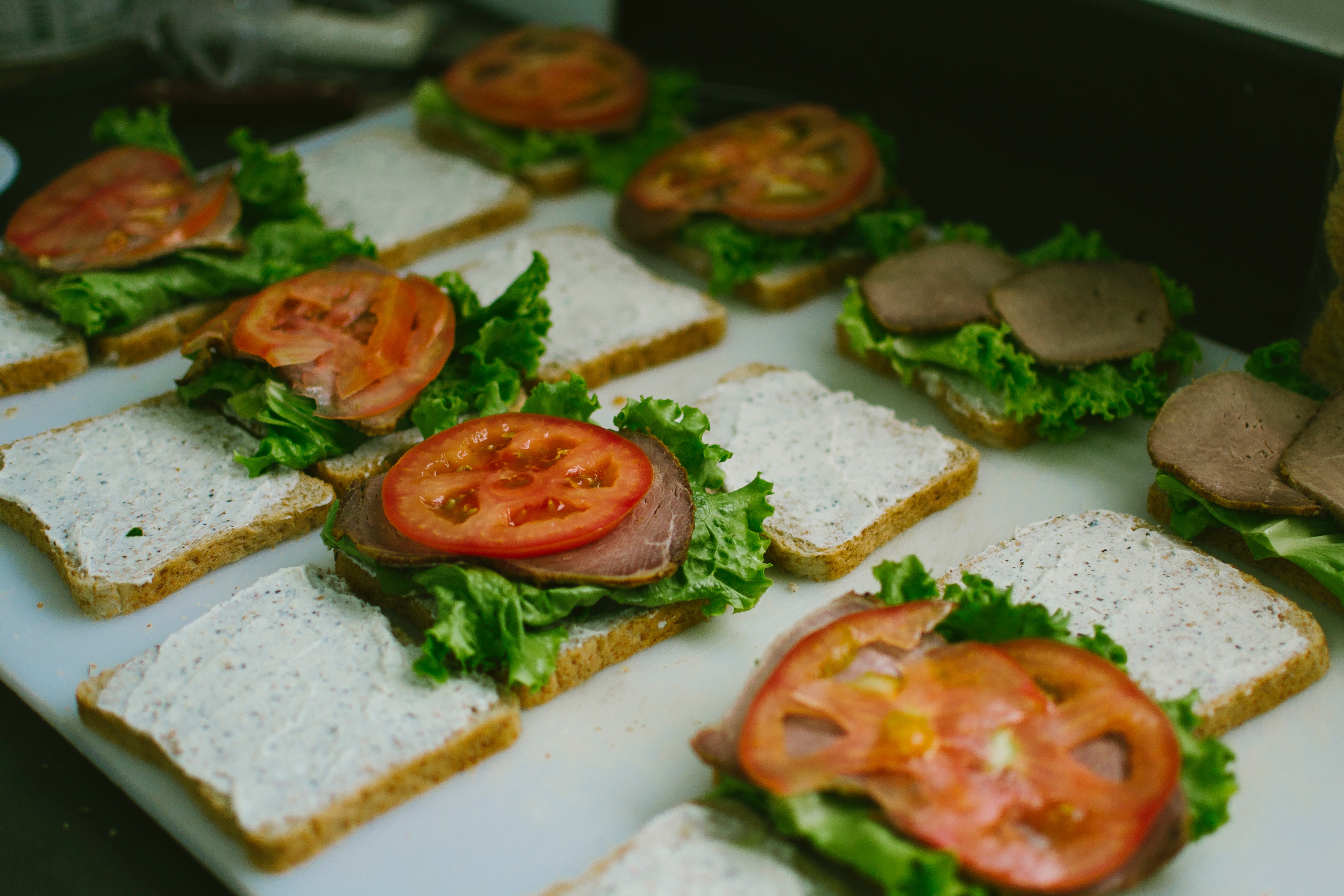The Value of Good School Food
By: Wayne Kessler
School food is the most neglected part of our kids’ education. On one hand, it provides food to many students who come to school hungry. Siskiyou County has the second highest percentage of food insecure kids in California (Kidsdata.org). But on the other hand, most schools are providing the cheapest heat-and-serve fast food possible. The high-calorie meals are very high in sugar and carbs with very few fresh vegetables and fruits, and consequently, are low in nutrients.
School food can be generally characterized by a menu which
- is governed by federal and state guidelines, many of which are out of date and don’t reflect recent nutritional requirements for striving students.
- is determined by accountants to provide the most calories for the cheapest price. However, kids need fewer calories but more nutrients.
- is loaded with sugar and carbs.
- includes the minimum of fresh vegetables and fruit: carrot and celery sticks, apples and oranges.
- is planned around irregular shipments of FDA commodities of canned beans, flour, oil, canned fruit and cheese.
- virtually all of the meals are made with processed items that include added sugar, color and flavorings in meats, bread, cheese sticks, and canned beans, fruits and veggies.
- offers low-fat milk and fat-free chocolate milk with sugar.
What is this doing to our kids? The school meals are an extension of America’s fast-food culture resulting in about 17% obese kids (ages 2 to 19) and close to 40% being overweight. Centers for Disease Control (CDC) estimates that a third of overweight white kids born after 2000 will get diabetes, as well of one half of overweight black kids. Their diets are the chief cause of obesity and of this high rate of diabetes. Think how this will impact their lives and the high costs of their medical bills. Improving school food will help reduce their chances of getting diabetes. The CDC estimates that obesity and diabetes cost the US about $1 billion per day.
Like you, I am very interested in our students getting good grades, behaving well in class and in winning at sports. Schools could improve student performance by increasing the nutrition in breakfasts and lunches. Scientific studies have linked increases in student health and performance with nutritious school meals.
Now, what is good school food? Genuine nutritionists (not from the food processing industry) agree that school food needs to be high in vitamins and minerals found in unprocessed meats and in fresh fruits and vegetables, and much lower in carbs and sugar. In addition to improvement in health, as studies have shown, nutritious school food results in significant improvement in physical development, cognition (e.g. memory and concentration), and behavior. Nature Reviews Neuroscience 9, 2008.
Serving more fresh food, as in salad bars, benefits not only student health but also the financial bottom line of meal programs. In schools with salad bars studied by the Pew Charitable Trusts, 54% saw an increase of total revenue in the 2014-15 school year, compared with the previous year. And 30% saw revenue hold steady. Close to home at Dunsmuir High School, where about 100% of the students choose to eat tasty meals while selecting fresh fruit and vegetables from a salad bar, the food program has a surplus of about $10,000. However, schools without salad bars often struggle with costs and waste. Mount Shasta Unified School District pays over $50,000 out of its general fund to cover the food program because over 60% of the kids don’t eat the school food. These results show that better nutrition and financial stability can go hand-in-hand.
What can we do to improve school meals? First, learn about the problems and current standards for school food. YouTube’s TED talks on school food are eye openers. Second, contact local groups such as the Siskiyou County Food Access Network within Great Northern Services www.gnservices.org or School CAFE in Mount Shasta www.schoolcafeclub.org that are concerned with food insecurity and the nutritional quality of school food.
Wayne Kessler: A fresh food advocate and lifelong grower of food, agricultural enterprise developer, organic nursery owner and garden workshop presenter.

